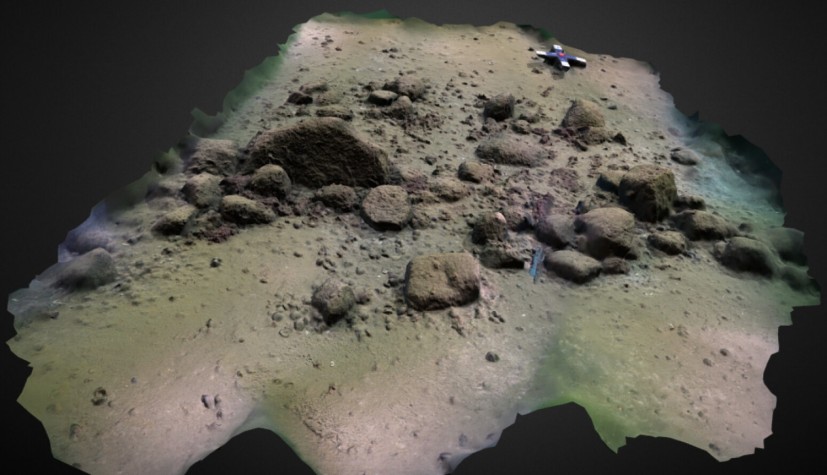A 10,000-year-old Stone Age structure was found at the bottom of the Baltic Sea. Adjacent to Germany, the stone wall was reportedly utilized for hunting reindeer at the location when it was still dry land, according to a new study published in PNAS last Monday, Feb. 12.

Hunting Wall at the Bottom of the Baltic Sea
As per the authors of the study, the structure may very well be the largest of its kind in Europe dating from the early Holocene Epoch some 10,000 years ago.
The notion that the stone wall was used as a "funneling" structure that herded wild animals into corral areas where they are easily killed, was based on similarly structured prehistoric walls called "desert kites" that were previously discovered across the Middle East.
The study also suggests that the Baltic Sea wall resembled the structure found in the Bay of Mecklenburg, similarly located in Germany, which was mainly believed to have been used for hunting reindeer. This particular animal was endemic to Europe at the time.
Around 8,500 years ago, the last ice age ended and caused a change in sea levels after tremendous amounts of ice sheets melted, flooding the area that the modern-day Baltic Sea covers today.
Read Also : Netflix's 'The Crown' Props Auction More Than Tripled Its Initial Sale Estimate, Fetching Over $1.8M
How the Stone Age Structure Was Found
Jacob Geersen, a marine geophysicist at Germany's Kiel University, told Live Science that the discovery was made more by accident than out of a deliberate choice.
He explained that even though they did not know it existed, they eventually found it after their "multibeam echosounder data" came back.
Following up on that initial data, the researchers mapped the structure using sonar technology that was equipped on boats and an autonomous underwater vehicle, alongside planning dives towards different sites across its span.
The physical sediment samples collected during those round diving trips indicated that it was previously built on land before the area was submerged under the Baltic Sea.
Joining Geersen as a lead co-author of the study is Marcel Bradtmöller, a prehistorian at Germany's University of Rostock. As per Bradtmöller, the structure seemed to have been built near the shore, at the time.
The reason for this was so that herd animals would be prevented from fleeing to a broader area, which meant they were essentially "cornered" into a specific and narrow area.
More than mapping the area, the study's proponents hope that subsequent investigations on the site could unravel hidden artifacts that would provide more vivid insights regarding the structure's origin and its exact use.